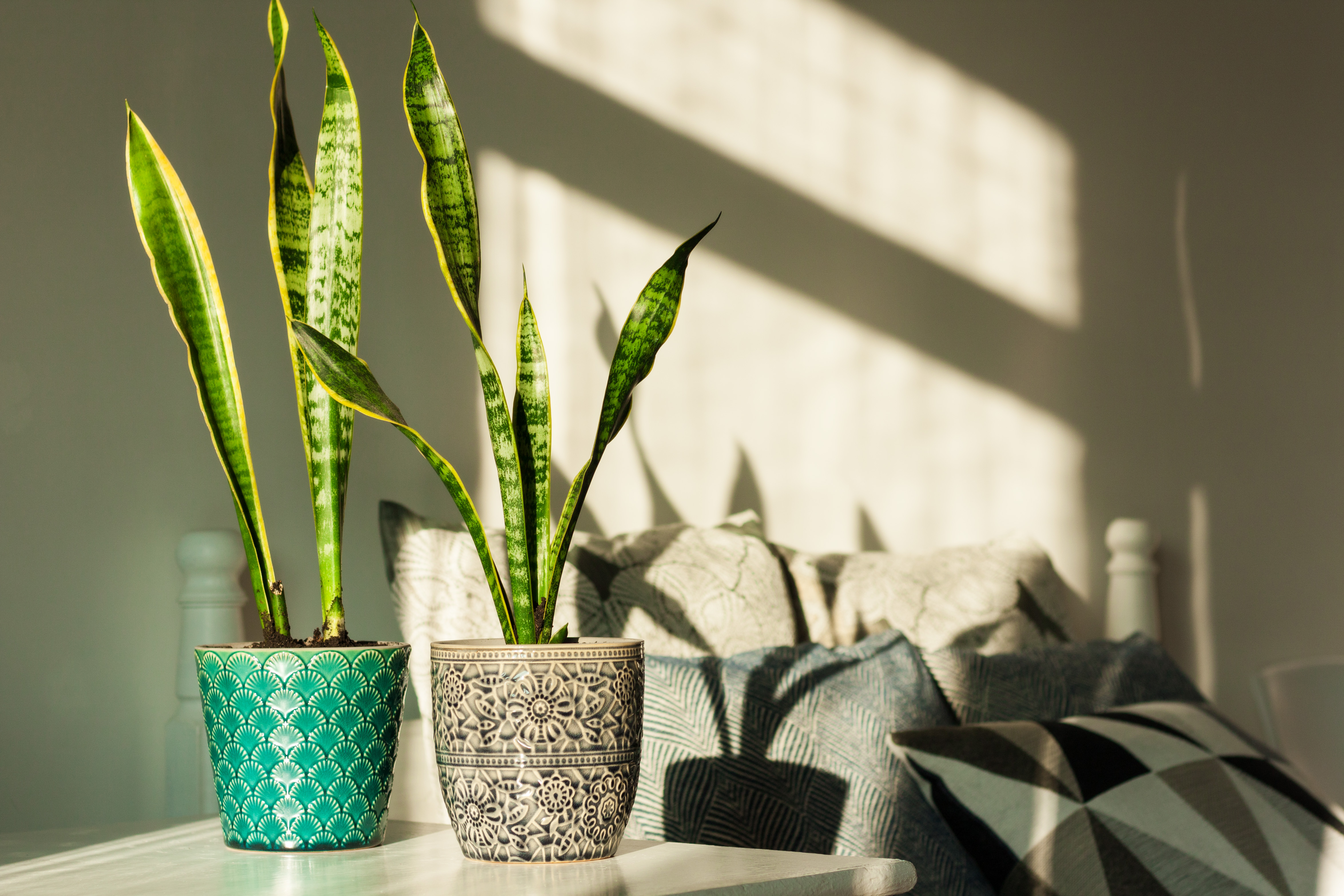
Cooling plants are a great way to say goodbye to the heat without having to open a bunch of windows or using fans in hopes of getting some air into the home. As the seasons begin to change and the heat finds its way into our homes — it's important to note that natural remedies such as houseplants can go a long way. But can these plants really cool your home? We've spoken to an expert to find out just that.
Lorin Nielsen, a plant expert and Head Horticulturist from Epic Gardening tells us: 'NASA’s Earth Science division studied how plants affect the atmosphere via transpiration. In transpiration, plants gradually evaporate water through their leaves, thus directly cooling the ambient air temperature around the plant via evaporative cooling methods. And on a global scale, that does have an impact; the more plants that are transpiring, the cooler the general atmospheric temperature will be, although we’re talking fractions of a degree to, at most, a degree or two cooler. So yes, plants can have a cooling effect at a global level. However, at a residential level, the effects will be minimal, at best'.
Okay, so they might not really help you cool down your house as such, but we asked Lorin for her advice on which plants are her favorite so-called "cooling plants", and how we can get them to make it feel like the temperature has dropped.
Best Indoor Cooling Plants
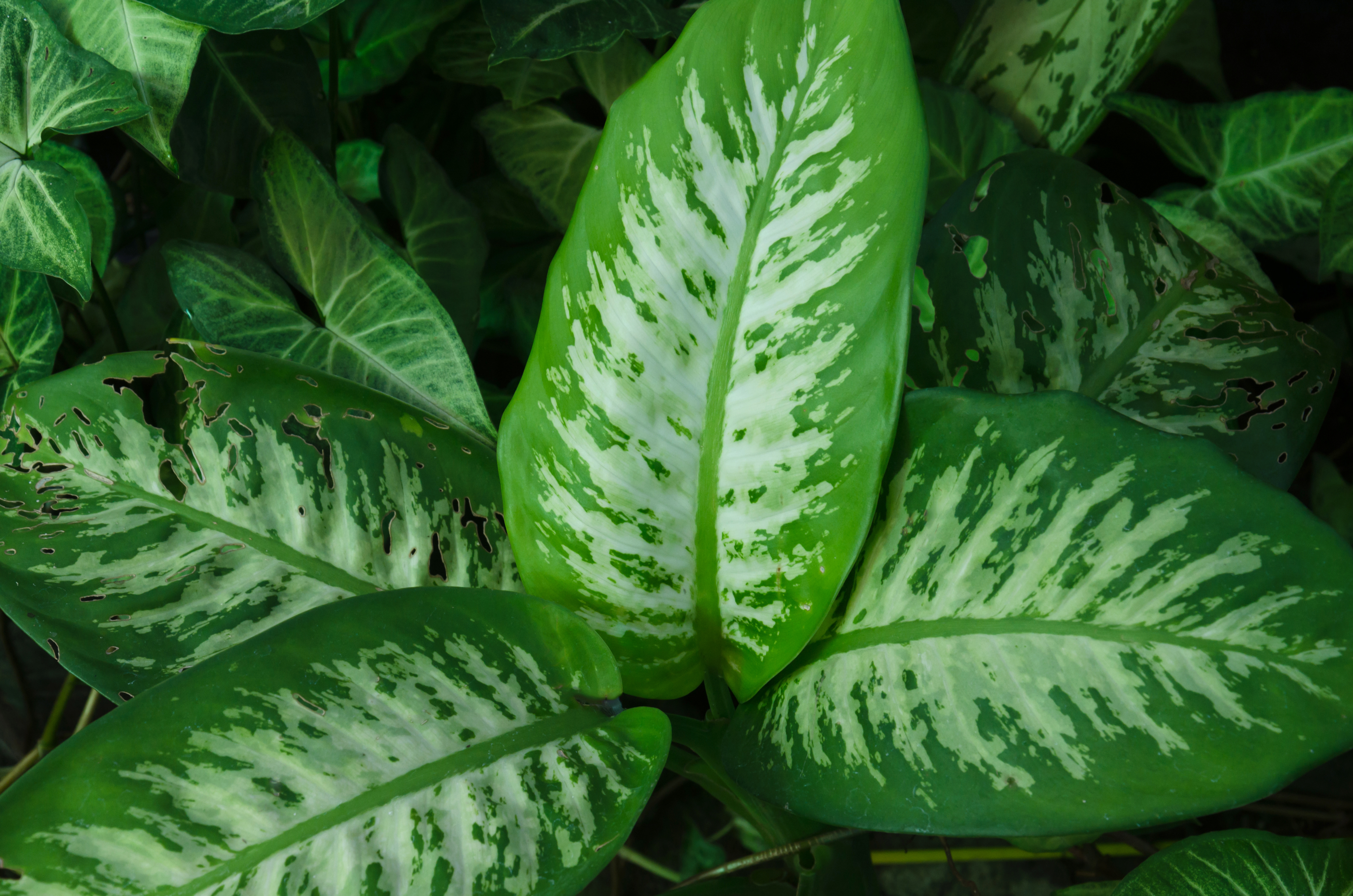
When it comes to cooling plants, Lorin Nielsen, plant expert and Head Horticulturist at Epic Gardening tells us: 'I definitely have favorites in this category, but for the reasons I’ve already stated, it’s hard to claim that these plants will have a measurable effect on cooling your home. They may transpire and release some moisture around their leaves, but you may not see a room-wide impact, much less a house-wide one. But that doesn’t mean they aren’t fantastic houseplants!'
Here are some of Lorin's favorite 'cooling plants' ideal for the indoors.
1. Cast Iron Plant
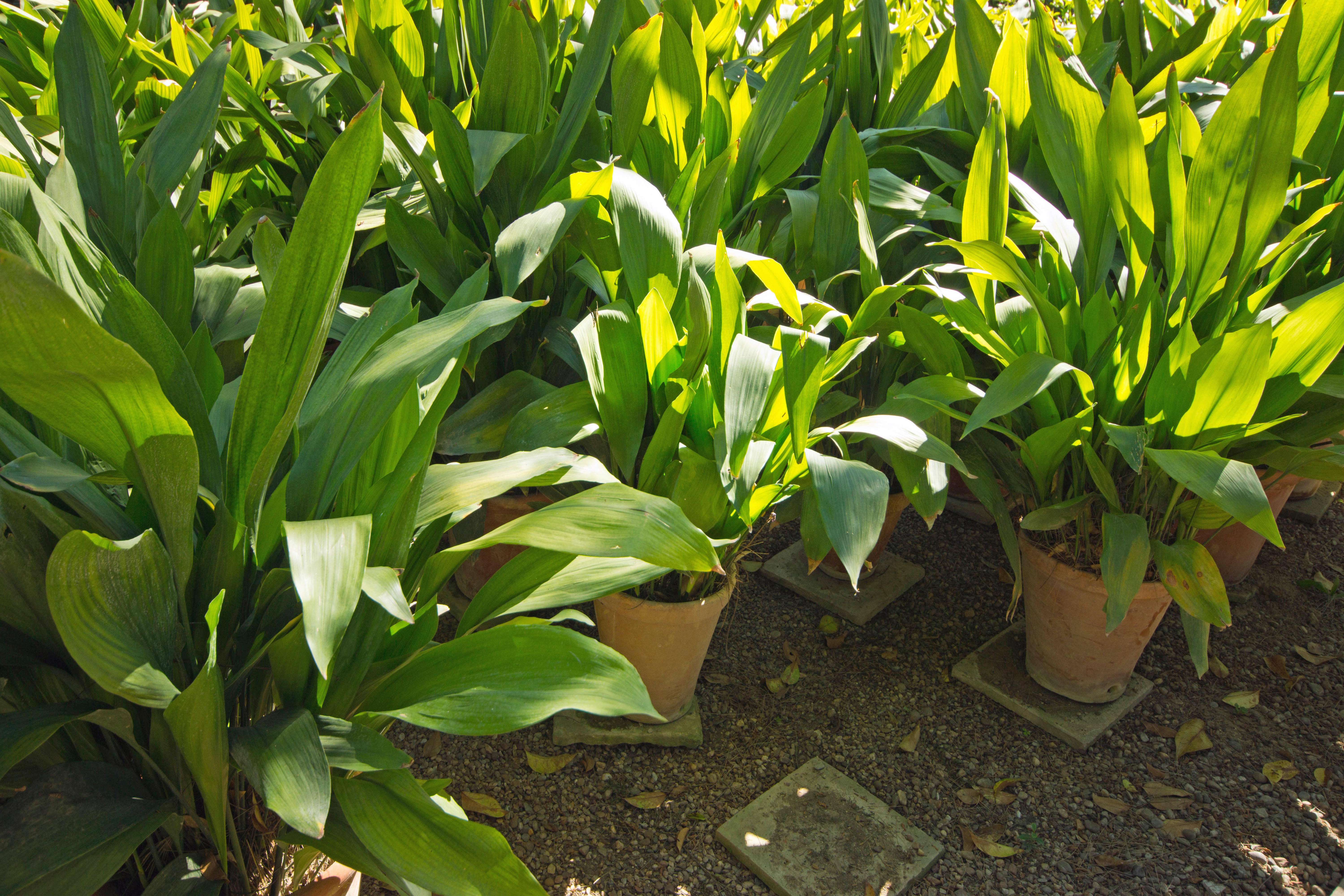
A houseplant even you can't kill, the Cast Iron Plant is tough and full of life — just as it says in its name, it's hardy elements are perfect for the indoors.
Gardening expert, Lorin tells us: 'Aspidistra eliator is a fantastic plant for beginners and experienced houseplant fans alike. Known to tolerate many light conditions, it can stay lush and green even if the lighting isn’t optimal, although it prefers some access to at least bright indirect light when possible'.
She continues: 'It’s sometimes called the 'barroom plant' because it’s one of those neglect-tolerant plants you’ll find in bars and restaurants — as long as it gets occasional attention, it just keeps growing. And, for transpiration, large-leaved plants are ideal'.
Hardiness zone: 7-11
Soil type: Well-draining, sandy
Sunlight: Indirect sunlight
2. Snake Plant
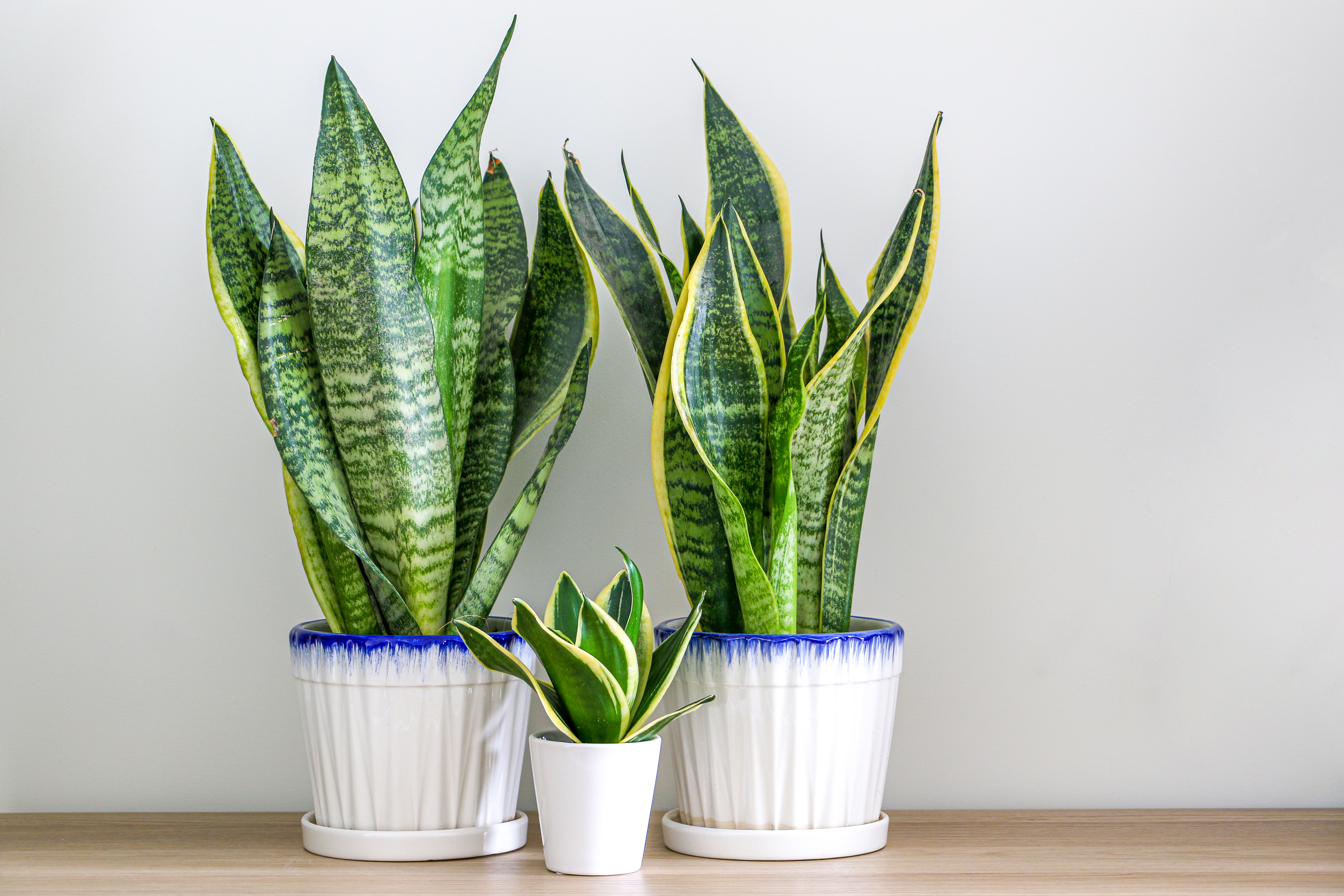
If you're looking for a Feng Shui living room plant to bring positive energy as well as coolness into your home, then the snake plant makes a great addition to your houseplant collection.
Snake plant care is pretty easy-going, and Lorin says this plant can be 'very resilient' and comes in a range of different colors and sizes. She adds: 'Some variegated varieties can bring a lot of color into your home, too. The one I feel is a great place to start is Sansevieria trifasciata; this snake plant has long, lush blades that can create a fun tropical vibe and is low-maintenance'.
Hardiness zone: 10-12
Soil type: Well-draining soil
Sunlight: Indirect sunlight
3. Dumb Cane
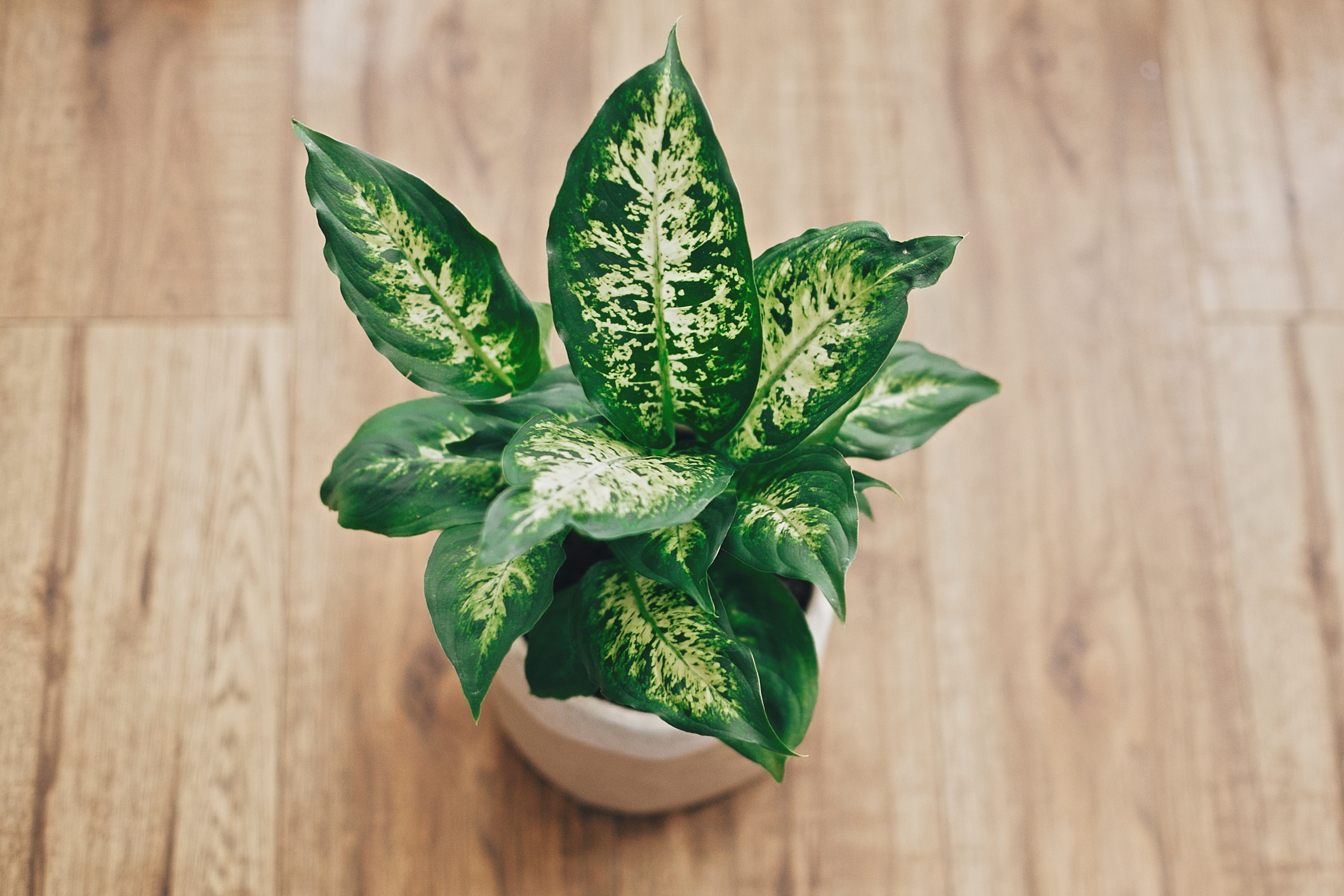
Bright, beautiful and quite the looker, this plant has to be one of my favorite in term of appearance. It's a pretty plant with green and white leaves that can leave quite an impression.
Also know as 'Dieffenbachia seguine' in the plant world, Lorin tells us this is 'another large-leaved option that’s easy for people of all skill levels to grow. It’s tolerant of low light conditions, which is great for areas of the home that might not have good sunlight throughout the day, and it’s tolerant of neglect'.
However, if you have little furry friends, this is one of the toxic houseplants you should never bring into a home with pets!
Hardiness zone: 10-12
Soil type: Well-draining
Sunlight: Low sunlight
4. Hosta
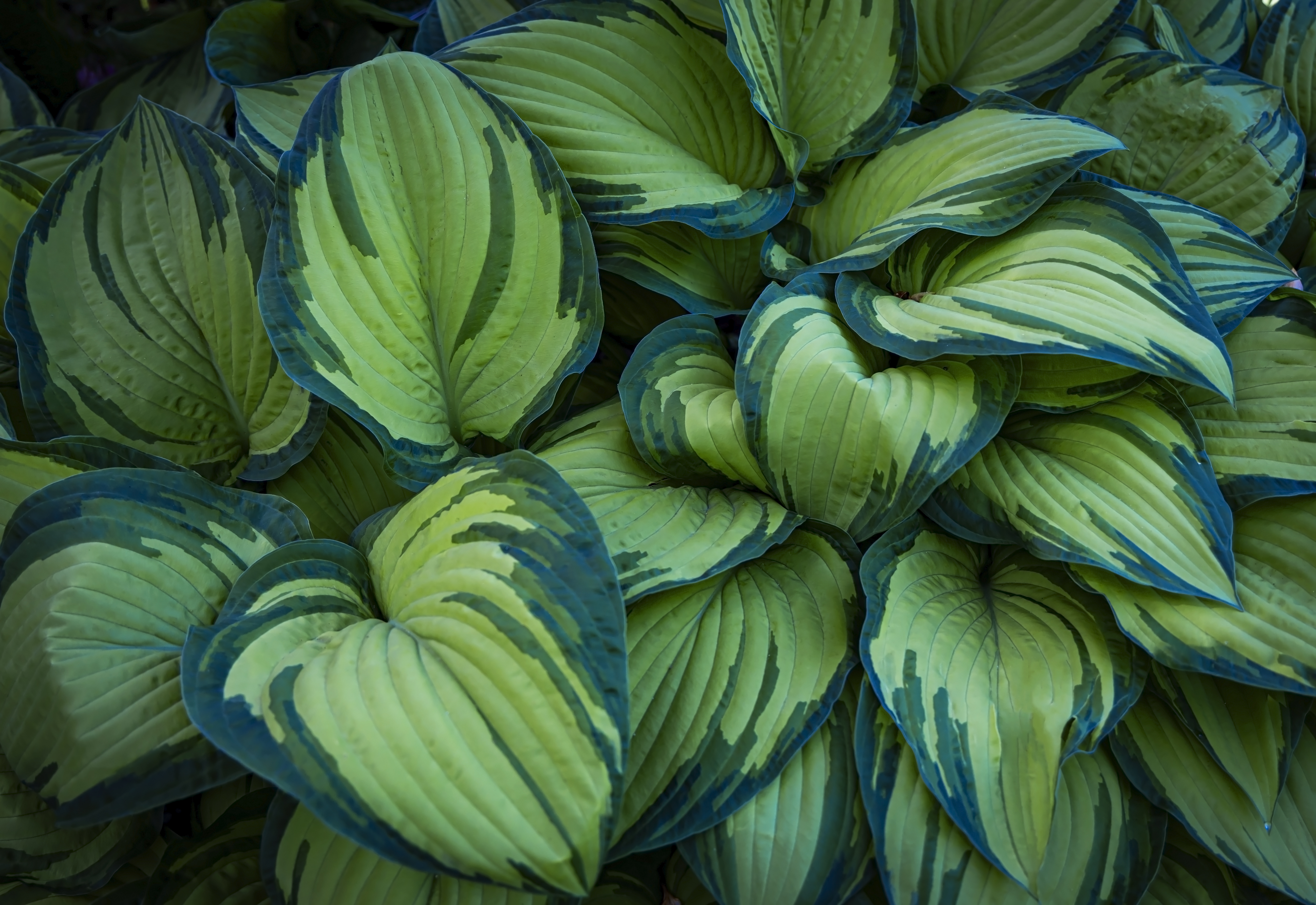
If you're looking for a plant for a shady garden outdoors, or the ideal 'cooling plant' indoors — then the Hosta is your plant friend.
'These large-leaved plants (Hosta spp.) come in many leaf colorations and can be the perfect addition to your houseplant collection,' Lorin says. 'While most people think of them as outdoor plants, they can perform just as well indoors, although they do need a bit more light than other common houseplants'.
Lorin recommends a total of around 5-6 hours of sunlight exposure each day, for the best outcome from your bloom.
Hardiness zone: 3-9
Soil type: Rich, organic soil
Sunlight: 2 hours of sun exposure daily
Price: $32.98
Size: 8 Inches in Height
5. Rubber Tree
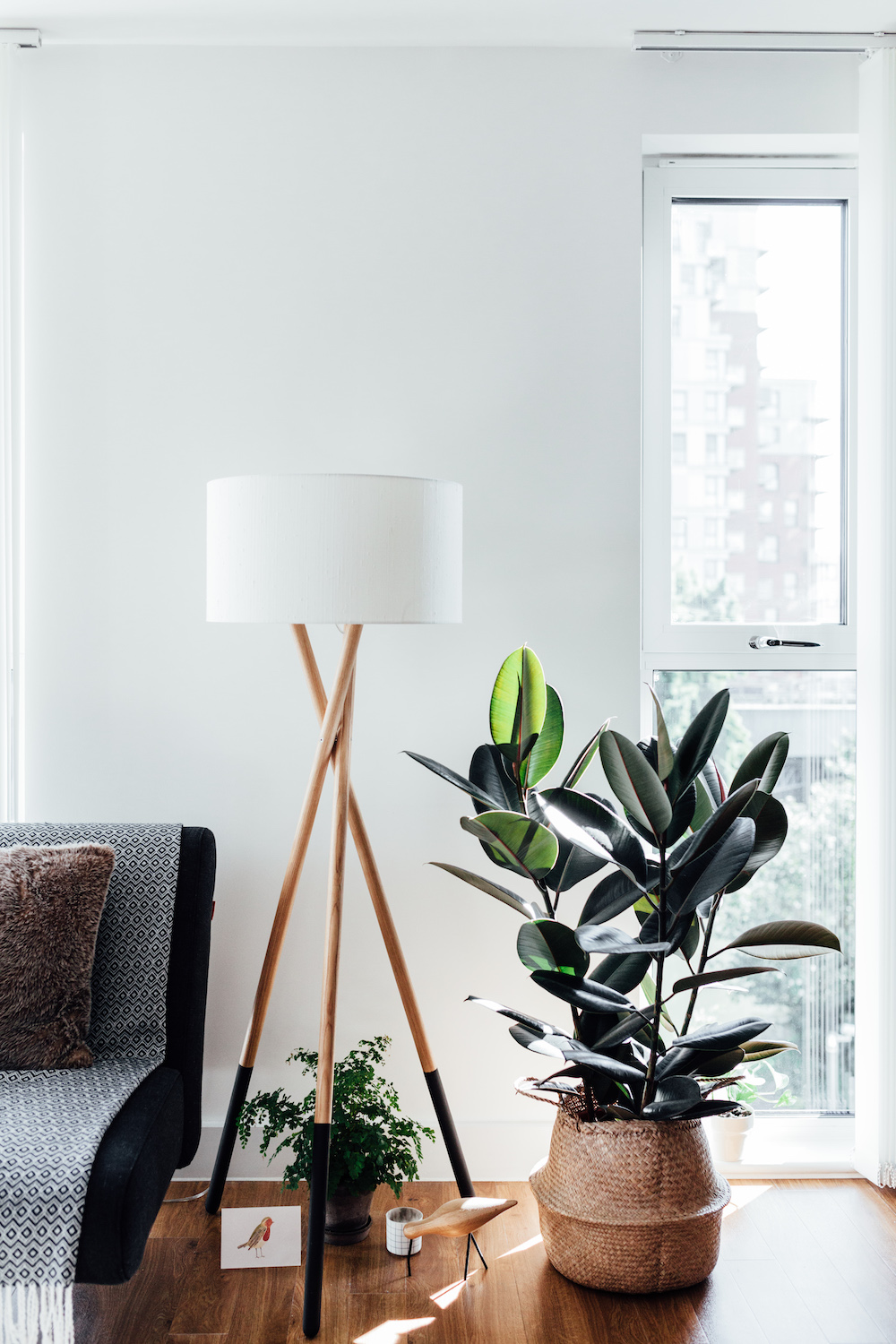
This tall indoor plant will truly make an impact in your home. Also known by its botanical name, Fiscus Elastica — this plant is quite a showstopper and Lorin agrees.
She tells us: 'Ficus elastica definitely brings the tropical atmosphere with it! Very tolerant of neglect, these hardy plants only really need to be given an annual repotting, some sun exposure occasionally, and water. An occasional dose of fertilizer doesn’t hurt but isn’t required if you repot it with fresh soil and compost annually. They can grow large, so prepare to have a big centerpiece!'
Hardiness zone: 10-12
Soil type: Rich, well-draining soil
Sunlight: 6-8 hours of indirect sunlight
FAQS
What is plant air conditioning?
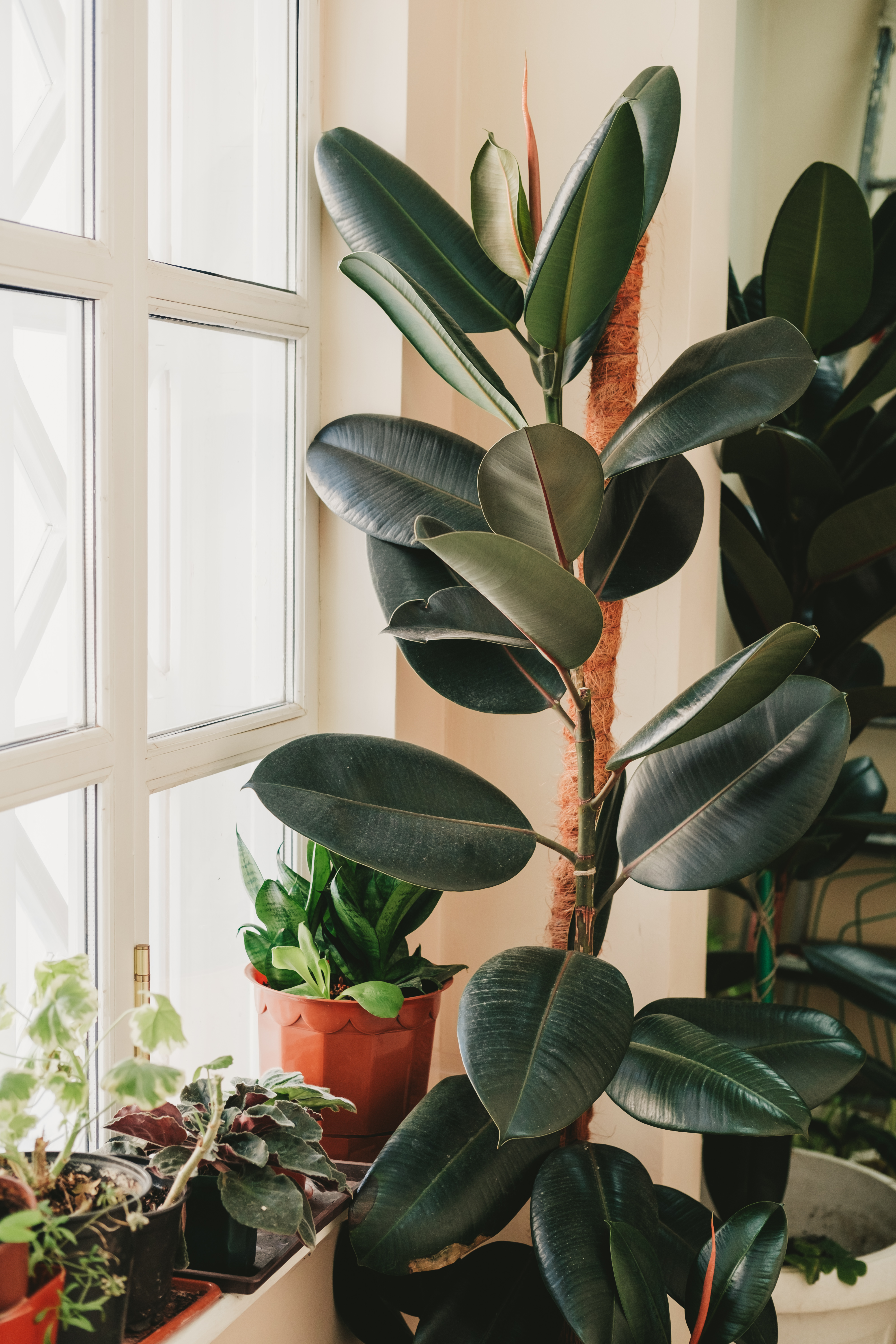
'Transpiration is when a plant releases some of the water it’s absorbed through its leaves. Since a plant can’t 'sweat,' this is the closest approximation that it can do to keep itself cool, and most plant species can transpire,' explains gardening expert Lorin. 'During very hot weather, they may need more moisture at the root level to transpire and keep a bubble of slightly cooler, humid air around themselves. As a breeze goes through the room, this can drop the temperature around the plant by a few degrees'.
She continues: 'I wouldn’t replace your air conditioning system with a huge plant collection, but if you don’t mind a more humid house and pairing plants with a good fan, you may find that a good-sized plant collection will indeed cool down your house a degree or two in the summer!'
Can plants really cool your home?
I asked Lorin if 'cooling plants' were really a way of cooling a space? Here's what she had to say about it.
'In theory, yes, but in practice, often not,' Lorin tells us. 'Most people don’t want wall-to-wall plants in their homes to try to cool down the interior temperature by a noticeable degree. So, if you only have a few plants, it won’t be effective, no matter how large the leaf surface is or how much the plant transpires'.
In addition, Lorin says 'transpiration increases the humidity, as does having lots of damp potting soil in the house; as moisture evaporates, it lingers in the air. So in practice, even if you did fill your home with lots of plants, it would have the same effect as a swamp cooler, just minus its fan; it would put more humidity into the air inside your home. A swamp cooler can be very effective in an arid location, as the humidity in the air, paired with the air’s movement, creates a cooling effect. But adding more humidity to your home can make it feel even hotter if you live in a humid area where it’s already sticky. At that point, a normal fan will probably be more effective for cooling your home, and if you use solar power to operate the fan, it’s very environmentally friendly!'







